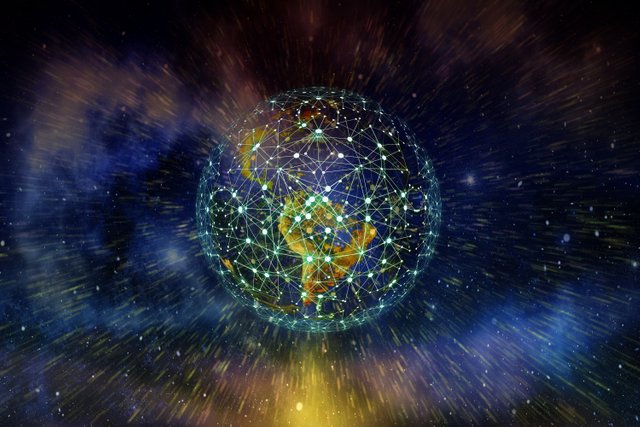Glare is difficulty of seeing in the presence of bright light such as direct or reflected sunlight or artificial light such as car headlamps at night. Because of this, some cars include mirrors with automatic anti-glare functions and in buildings, blinds or louvers are often used to protect occupants. Glare is caused by a significant ratio of luminance between the task (that which is being looked at) and the glare source. Factors such as the angle between the task and the glare source and eye adaptation have significant impacts on the experience of glare.
Glare from a camera flash during a Sumo fight
Discomfort and disability
Glare can be generally divided into two types, discomfort glare and disability glare. Discomfort glare is a psychological sensation caused by high brightness (or brightness contrast) within the field of view, which does not necessarily impair vision. In buildings, discomfort glare can originate from small artificial lights (e.g. ceiling fixtures) that have brightnesses that are significantly greater than their surrounding. When the luminous source occupies a much greater portion of the visual field (e.g. daylit windows), discomfort caused by glare can be linked to a saturating effect. Since observers will not always look directly at a bright illuminated source, discomfort glare usually arises when an observer is focusing on a visual task (e.g. a computer-screen) and the bright source is within their peripheral visual field.
Disability glare impairs the vision of objects without necessarily causing discomfort. This could arise for instance when driving westward at sunset. Disability glare is often caused by the inter-reflection of light within the eyeball, reducing the contrast between task and glare source to the point where the task cannot be distinguished. When glare is so intense that vision is completely impaired, it is sometimes called dazzle.
